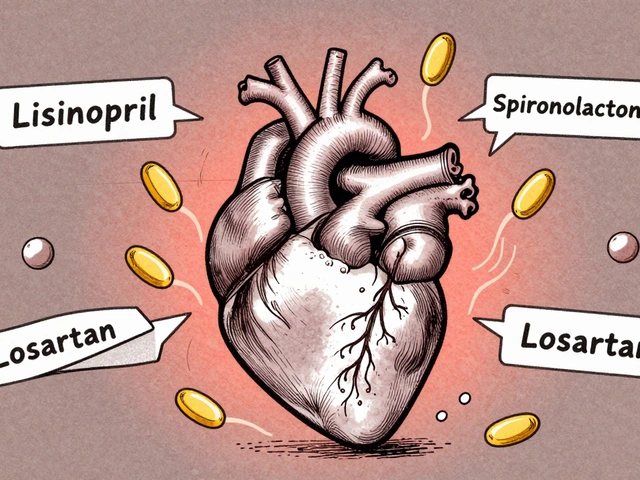Probiotics for Skin Rash Relief – Quick Guide
If you’ve ever wondered why a gut upset sometimes shows up as an itchy patch, you’re not alone. The gut‑skin connection means the bacteria living in your intestine can send signals that flare up inflammation on the outside. When the balance of good and bad microbes tips, you may notice eczema, hives, or other rashes popping up for no clear reason.
Probiotics are live microorganisms that help restore that balance. By crowding out harmful bugs and soothing the immune system, they can reduce the triggers that cause skin flare‑ups. The trick is picking the right strains and using them consistently.
How Probiotics Calm Inflammation
First, certain strains produce short‑chain fatty acids, like butyrate, which strengthen the gut lining. A tighter gut barrier means fewer toxins slip into the bloodstream, and the immune system stays calmer. Second, probiotics talk to skin‑related immune cells through the bloodstream, lowering the release of histamine and other itch‑inducing chemicals. Finally, they help the skin’s own microbiome recover, making it harder for bad bacteria to cause infection or irritation.
The research that matters most points to three heavy‑hitters:
- Lactobacillus rhamnosus GG – shown to cut eczema severity in children and adults.
- Bifidobacterium lactis – helps reduce overall inflammation and supports barrier function.
- Lactobacillus plantarum – known for balancing the skin’s microbiome and easing itch.
When a supplement lists any of these, it’s a good sign you’re choosing a strain with real skin benefits.
Practical Ways to Add Probiotics to Your Day
Start small. A single capsule with one billion CFUs (colony‑forming units) is enough for most adults. Take it with food, preferably a meal that contains some fat, because that helps the bacteria survive the stomach acid.
If pills aren’t your thing, try fermented foods. A cup of plain yogurt, kefir, or a handful of sauerkraut can give you a dose of live cultures without any extra cost. Just watch the sugar content in flavored yogurts – too much sugar can undo the benefits.
Consistency beats occasional mega‑doses. Aim for a daily habit for at least four weeks before judging the effect. If you notice less redness, fewer flare‑ups, or a calmer itch, you’re probably on the right track.
Remember, probiotics aren’t a cure‑all. If a rash spreads quickly, is painful, or is accompanied by fever, see a doctor. Some skin conditions need prescription meds or steroids, and delaying proper treatment can make things worse.
Lastly, pair probiotics with a skin‑friendly diet: plenty of omega‑3s, antioxidants, and low‑glycemic carbs. The gut‑skin team works best when you give both sides the nutrients they need.
In short, the right probiotic strains can quiet the immune chatter that fuels rashes, especially when you use them every day and back them up with good food. Give your gut a helping hand, and you might just see the itch disappear faster than you expect.

How Probiotics Can Prevent and Treat Common Skin Rashes
Discover how oral and topical probiotics work together to stop skin rashes, the science behind the gut‑skin connection, and practical tips for choosing the right strains.




